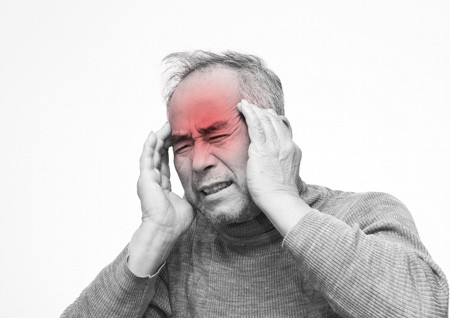Suboccipital Headaches
Headache Prevelance
Headaches are a common experience for many individuals. 50% of people will experience headaches in any given year, while 90% of individuals will report having a headache sometime within their life. Unless you are the lucky 10%, headaches can be a debilitating and often preventable experience through lifestyle and postural modifications. One common type, that I see here in our clinic at ICT Muscle & Joint Clinic, is suboccipital tension headaches.
Suboccipital Muscle Group
One type of headache that is common within our society is the suboccipital headache. This form of headache falls under the broader classification of tension headache. The suboccipital muscles originate at the first two vertebra of your spine and attach to the base of your skull as seen in the picture below. The suboccipitals are compromised of 4 sets of muscles; rectus capitis major, rectus capitis minor, superior oblique, and inferior oblique. Functionally, these muscles rotate, flex, and extend the head on the spine.
Trigger Points
When tension is present within these muscles, they commonly produce pain elsewhere in the body. A picture below illustrates this specific referral pattern. The "X" is where trigger points create tension, and the red dots are where pain is commonly produced from these trigger points. The suboccipital muscles produce pain that wraps around the side of the head and may rest behind the eye, which are common symptoms associated with migraines. Migraines are often associated with and created by these types of headaches.
Self Help
Take a minute and palpate this region of your upper neck. If you feel ropiness within these muscles and discomfort elsewhere within your head, you may have latent (silent) trigger points that may become problematic for you at any given time. Self-massage of these muscle often gives temporary relief. Certain myofascial release strategies can be extremely beneficial in eliminating these trigger points for longer durations such as: ART, Graston, FAKTR, Acupuncture, and Dry Needling.
An exercise that may help stretch these muscles, while strengthening the deep neck flexors – a group of muscles on the front of the neck that help to provide functional strength – are chin retractions. These can aid in lengthening the duration between episodes and may even eliminate this group of muscles as the source of your headaches. Chin retractions are simple to perform; you may lay on your back or assume an upright standing or seated posture. From this position, think of creating a long and tall neck. This will start to lengthen the suboccipital neck muscles. Next, use the cue "create a double chin." This cue is great, but do not get aggressive; it is a simple "double chin."
Hopefully these few tips can help prevent, reduce, or alleviate your headaches. Remember, every person is unique and should be evaluated and treated as such. ICT Muscle & Joint Clinic's doctors are passionate about improving health while restoring function.
About the author
Dr. Keith Sparks is an award-winning chiropractor, functional medicine expert, and the co-founder of ICT Muscle & Joint Clinic. Dr. Sparks’ emphasis of care originated within the fields of rehabilitation, soft-tissue therapies, and chiropractic. To date, he has brought this unique combination of skills into union with functional medicine. The sole purpose of intertwining these distinct skills, knowledge, and services is to provide incomparable care to his local community. Dr. Keith Sparks is often seen in the Wichita, KS community speaking at business events and teaching health and performance classes.
